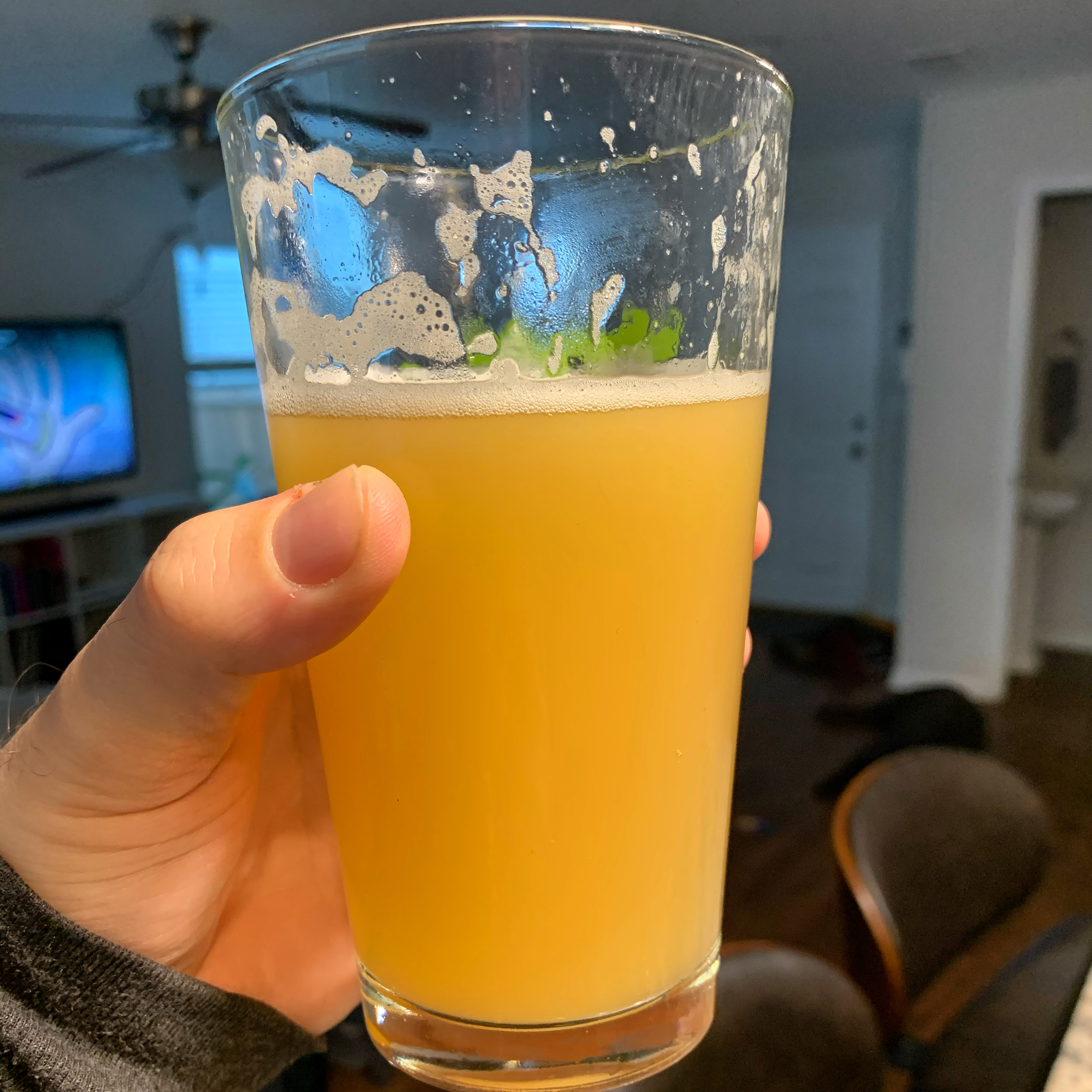Clyde McCoy
Well-Known Member
- Joined
- Mar 1, 2020
- Messages
- 205
- Reaction score
- 231
just racked an ipa using Riwaka. wow, very pungent hop. i dry hopped 4 oz for 3 days and 4 oz for 2 days, all at 50F. It is a very fruity green pepper character. similar to ekuanot with more fruit. i like it. seems like a hop some people would like a lot and some not so much, ha ha.
next batch I have coming is Columbus/Riwaka














![Craft A Brew - Safale S-04 Dry Yeast - Fermentis - English Ale Dry Yeast - For English and American Ales and Hard Apple Ciders - Ingredients for Home Brewing - Beer Making Supplies - [1 Pack]](https://m.media-amazon.com/images/I/41fVGNh6JfL._SL500_.jpg)













































